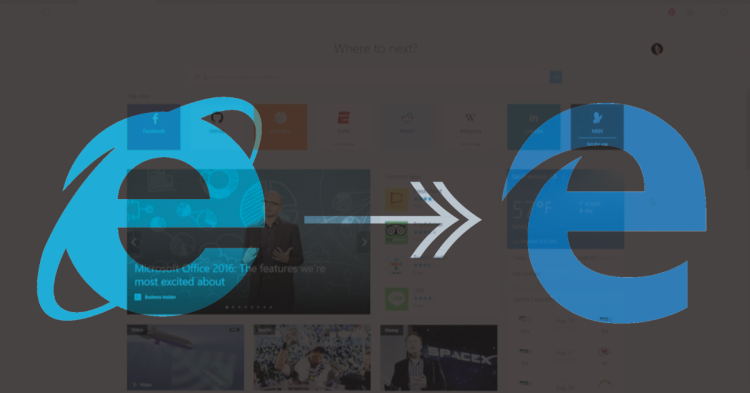Microsoft continues to unveil features coming as part of the Windows 10 Anniversary Update, slated for this summer. The latest one is an update to how Microsoft Edge handles Flash content, following in Google Chrome’s footsteps.
Google and Adobe worked for a long time last year to automatically pause less important Flash content (like ads) in Chrome. In March 2015, with the goal of making Flash content more power-efficient in Chrome, a setting was introduced to play less Flash content on the page, but it wasn’t turned on by default. In June, the option was enabled in the browser’s beta channel, and in September 2015 it was turned on for everyone.
Now Microsoft wants to do the exact same thing in Edge.
The new browser will “intelligently auto-pause” Flash content that is “not central to the webpage.” If you want to try this out now, you can take the feature for a spin with Windows 10 build 14316, which was released to Windows Insiders yesterday.
Here is how Microsoft differentiates content that is and isn’t central to the webpage:
Peripheral content like animations or advertisements built with Flash will be displayed in a paused state unless the user explicitly clicks to play that content. This significantly reduces power consumption and improves performance while preserving the full fidelity of the page. Flash content that is central to the page, like video and games, will not be paused.
In March 2015, Google said the goal was to pause certain plugin content, including “many Flash ads.” It also split Flash content into the same two types:
This can help you save precious battery power and CPU cycles. But don’t worry, the primary plugin content on pages (games, videos, etc.) should still run just fine.
Neither company is hiding its desire to limit Flash usage. “We encourage the web community to continue the transition away from Flash and towards open web standards,” Microsoft said today.
Microsoft says it also plans to offer additional control over the use of Flash (including content central to the page). Eventually, the company hopes Flash will no longer be necessary to bundle with Edge.
The end goal is to move as many sites as possible to HTML5, which is better for both performance (lowering memory and CPU usage while boosting battery life) and in terms of web standards (which makes life easier for developers). Given Flash’s various vulnerabilities, there are obvious security gains as well.


